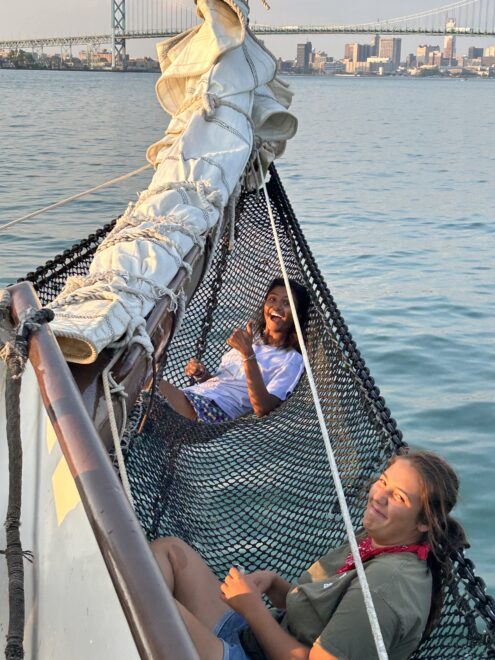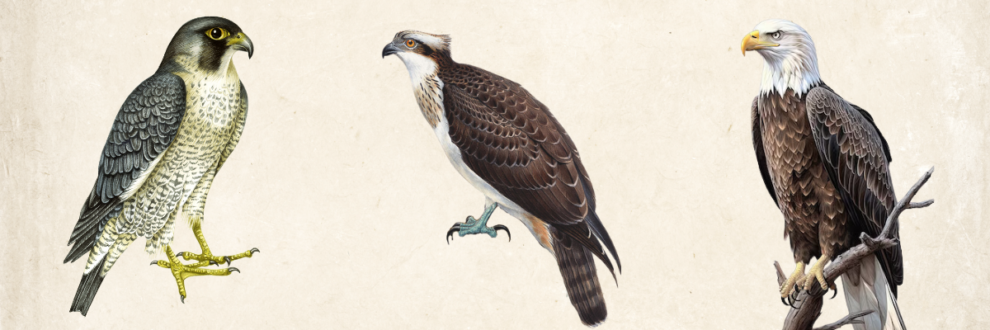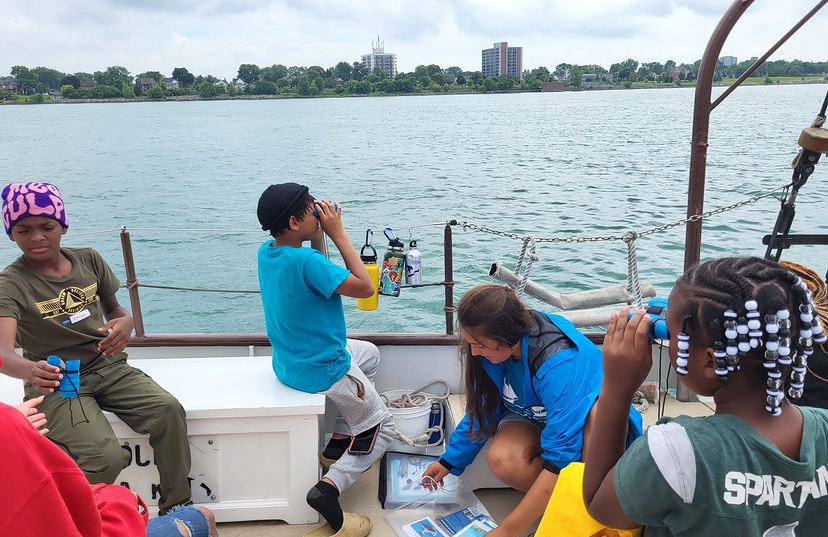
Hello again – my name is Lauren, and this summer I had the extraordinary opportunity to hold the position of “Great Lakes Waterways Education Intern” here at Inland Seas. Within this role, I primarily executed the normal responsibilities of an ISEA intern, spending most of my time acting as a program instructor and getting intimately familiar with Lake Michigan and all her secrets below the surface. However, on the rare days that I was not aboard a schooner, my position also came with the task of developing a new education station specifically designed to be taught during our two weeks of sails on the Detroit River. These Detroit sails are coordinated in conjunction with the Detroit River Story Lab – an initiative out of the University of Michigan that works to facilitate a connection and sense of ownership between Detroiters and their river. The goal of this new education station was to meld the missions of Inland Seas and the DRSL, bringing forth a topic that sparked curiosity about the water, but also told a story about the Detroit River in a way that facilitated a positive relationship between the river and the community groups coming aboard. The topic that I eventually landed on? Birds.
Everyone knows the main players. Ring-billed gulls, Canada geese, and mallards are all frequent flyers (😉) in nearly every body of water across the country. But did you know that the Detroit River supports a wide diversity of migrating waterfowl and raptor species? Every year, hundreds of bird species use the river to find their food, make their homes, and raise their young. These birds play a huge role in keeping balance within the river’s food webs and contributing to the biodiversity that helps the river ecosystem remain strong and resilient. Being some of the most visible members of the ecosystem, many bird species also play a key role in efforts to monitor the health of a body of water. On the Detroit River, three of these such species include the Bald Eagle, Osprey and Peregrine Falcon. All three are birds of prey species who were extirpated from the metro-Detroit area during the twentieth century due to pollutants making the local waterways unsuitable to support them. However, thanks to activism within Detroit, the passing of new environmental legislation, and efforts to reintroduce these birds to the area, all three species have since made a hearty return to the city, and can often be seen thriving on the river. The stories of the Bald Eagle (Haliaeetus leucocephalus), Osprey (Pandion haliaetus) and Peregrine Falcon (Falco peregrinus) help illustrate the growth that the Detroit area has experienced over the last fifty years, and their triumphant return to the area is a great signifier that the Detroit River is a much better home for organisms at all levels of the food chain today than it was in the past.

During their time at the bird station, students learned about these challenges that birds have faced in Detroit, the importance of birds to the health of their river, and ways in which they can interact with and support the success of bird species on the river today. They also had the opportunity to use binoculars to spot and observe waterfowl on the river in real time. Many students were able to relate the material back to their own experiences with birds in the Detroit-area, and across the sails I heard a plethora of stories concerning everything from thieving gulls to mysterious large bird sightings. Some students were even able to point out spots that they had observed our three indicator species nesting or interacting with the river in some way, and with their help, we had the thrilling opportunity to spot an Osprey and multiple Peregrine Falcons while aboard.

In many ways, the Detroit sails served as a capstone and satisfactory conclusion to my stint as an intern here at Inland Seas. All of the passengers we had onboard were incredibly kind, curious, and passionate about their city. With only a pair of cheap binoculars in their hands, students were finding excitement in sights as mundane as a seagull, which was a tremendous energy to experience and feed off of. I left Detroit reminded of why I love this organization and the field of environmental education so dearly. Going forward, you will never again catch me onboard without my trusty pair of binocs. There’s just too much cool stuff out there to see y’all.
Until next time,
Lauren
The blog post “Birding in Detroit” was written by ISEA Great Lakes Educator Lauren. If you are interested in contributing a blog post about the Great Lakes, please contact Marketing and Communications Coordinator Harrison Fischer at hfischer@schoolship.org.